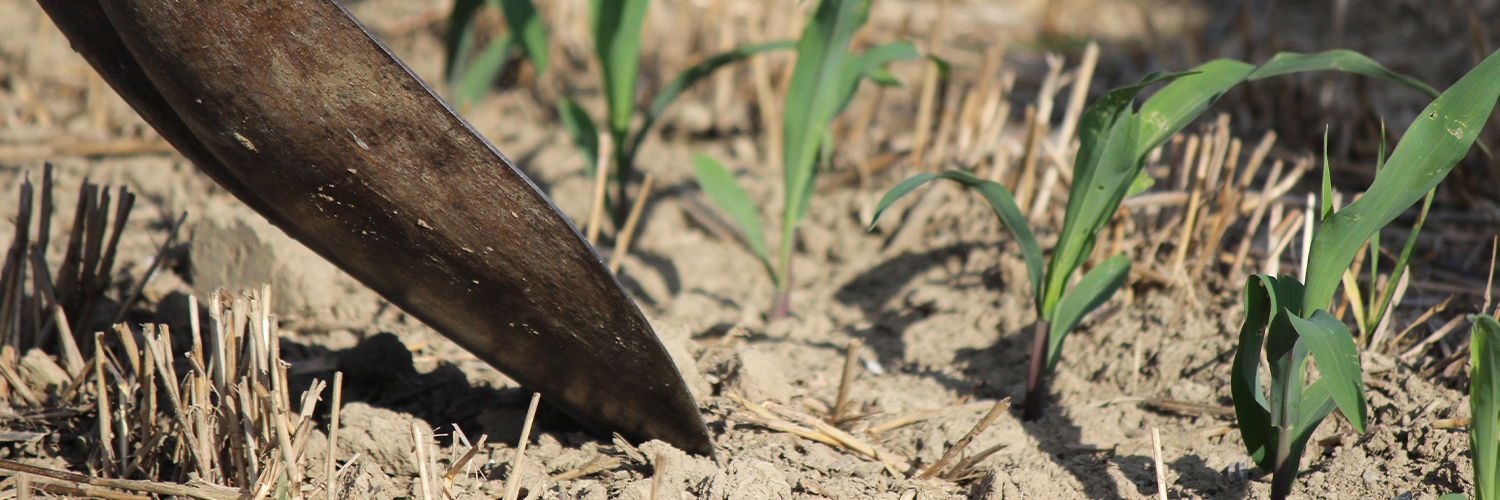
Using Variable Rate Technology (VRT) to Get the Most out of Your Field's Potential
Ever wished you could treat different parts of your field with the care they need instead of taking a one-size-fits-all approach? With Variable Rate Technology (VRT), you can!
VRT is a precision agriculture technique that allows you to apply farm inputs like fertilizer, seeds, and water at precisely the rate each zone of your field needs.
This guide will explore the goal of VRT and how you can use it to maximize your field's potential and get the most return for your investment.
Get ready to shake up your farming strategy with the power of VRT!
What is the goal of VRT?
Variable Rate Technology (VRT) aims to maximize return on investment. Instead of using a one-size-fits-all approach, VRT takes a more precise and tailored approach to applying inputs like fertilizer and water.
This approach differs from traditional uniform application methods, which may over-apply in some areas and under-apply in others. Instead, VRT focuses on each area of your field to determine exactly what it needs, no more and no less.
By tailoring inputs to soil conditions and yield potential, you can optimize your resource use and potentially increase crop yields.
Additionally, VRT can improve farm management by providing detailed insights into field variability, enabling more informed decision-making and better long-term planning.
How VRT works
As we now know, VRT revolutionizes farming practices by tailoring input applications to the specific needs of different field zones.
Here's a breakdown of how it works:
-
Data collection: Data is collected through soil sampling, yield maps from previous harvests, and satellite or drone images. This gives you insight into crop health, soil health, and nutrient levels.
-
Data analysis: The data is then analyzed to identify variations in soil nutrients and crop performance. This tells you where the different zones in the field are, e.g., areas with nutrient deficiencies or irrigation requirements.
-
Prescription creation: After analysis, customized application plans are created using agricultural software. These plans specify exact rates for applying inputs like fertilizer, seed, and water for each zone.
-
Application: Then, the inputs are applied using advanced machinery. The equipment adjusts input rates as it moves through the different zones in the field.
-
Monitoring and adjustments: Crop performance is monitored using sensors and real-time data. VRT strategies are adjusted yearly based on new data and crop results to maintain efficiency, sustainability, and profit.
The importance of determining yield potential & nutrient management for VRT
Before implementing VRT, it’s essential to evaluate crop yields across various zones in your fields. This evaluation is carried out through soil sampling, which offers insights into nutrient levels and soil quality.
Soil analyses will tell you whether nutrients are lacking, adequate, or abundant. This information guides precise strategies to apply fertilizer and other resources where they’re most needed, maximizing crop output efficiently and effectively.
For example, in areas where nutrients are lacking, increased fertilizer applications will be needed to address deficiencies and meet crop needs. Regions with plenty of nutrients may need a revolution in fertilizers or no additional supplementation.
This targeted approach also minimizes waste and supports environmental sustainability in agriculture.
Economic considerations in VRT
Economic factors play a big role in farmers' decisions regarding VRT. Basically, farmers consider crop prices and the cost of specific inputs, such as fertilizers, seeds, and pesticides, to determine the cost-effectiveness of using different resources.
The idea is to strike a balance where the potential increase in crop yield and quality is enough to justify investing in higher-quality inputs. For instance, when crop prices are high, farmers might choose to use more nutrients to maximize their profit opportunities.
The adaptability of Variable Rate Technologies
VRT is dynamic and responds to changing economic and environmental conditions. Unlike static approaches, it’s adjusted annually based on soil tests, market prices, and economic forecasts.
This allows you to keep your farming practices efficient, sustainable, and profitable over time. By refining input strategies, farmers can reduce risk and maximize returns in different agricultural conditions.
The bottom line
Variable Rate Technology (VRT) changes farming by applying inputs like fertilizers, seeds, and water to specific areas of the field based on the conditions and needs of each zone. Using soil tests and yield data, you can enjoy a better yield, more efficient resource use, and more sustainable farming. By factoring in economics and adjusting annually, VRT makes your farming practices more efficient, profitable, and adaptable.
Sow the seeds of success with Precision Agri Services Inc.
At Precision Agri Services Inc., we use VRT to tailor seeding strategies to fit your fields perfectly.
Our detailed reports give you the insights you need to make informed decisions and plan for future crops effectively, ensuring your farm reaches its full potential season after season.
We're also proud to offer extensive agronomy expertise and dependable crop consulting services across Ohio.
Finally, we offer expert planter services, optimizing your equipment for peak performance. We provide custom-built planters and essential attachments tailored to your needs. Our planter services handle everything from seed meter calibration to soil management and planter inspections.
If Precision Agri Services sounds like a good fit for you, please contact us today, and we'll start sowing the seeds of your success.

